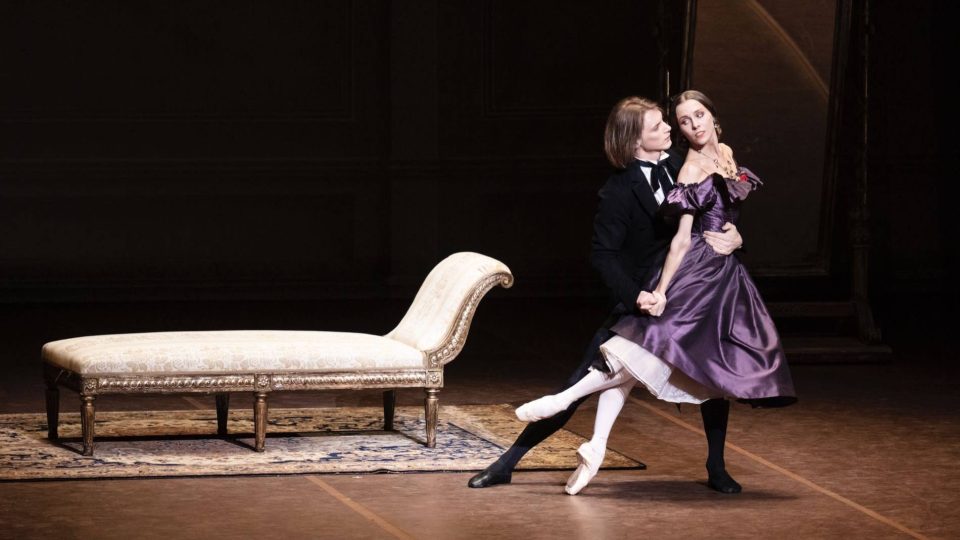
The piece came to be in Stuttgart, Germany, in 1978, and brings with it quite a legacy: it has been in the performance portfolio of the greatest celebrities in the world of dance: Aurell Millos, Maurice Bejart, Rudolf Nureyev, and Neumeier’s own teacher John Cranko. It is in Cranko’s honour that Neumeier began working on the tragic story of courtesan Marguerite Gautier and her lover, Armand Duval.
The ballet piece has been performed in the world’s most important theatres. After Peking and Singapore, it is now in Venice. The plot, adapted from Alexandre Dumas’s novel, is well known, though there will be surprises. Dance is dance – it is fantasy. Narration is still there, but it will be the audience’s job to extrapolate it by putting a little feeling of their own.
I was lucky enough to see a 2018 performance at the Mariinsky Theatre in St. Petersburg. I loved the choice of music – mostly Chopin, played live. The sonatas, waltzes, and preludes magically create a sound painting of the French melancholy that is all about the story. I also remember the surprising scenic expedient of the mirror to simulate the meeting between Marguerite and Manon Lescaut. Neumeier will make it all the more essential, in his performance, Armand’s gift to Marguerite, the book of Manon Lescaut. The two lovers, in fact, meet at a theatre (meta-theatre, here) and their thoughts and feelings mirror, and then counterpoint, those of Lescaut and Des Grieux. Armand’s father comments: “He who loves a woman like Manon, risks turning into a Des Grieux”, to which Marguerite replies: “He who loves a woman won’t treat her like Manon”.